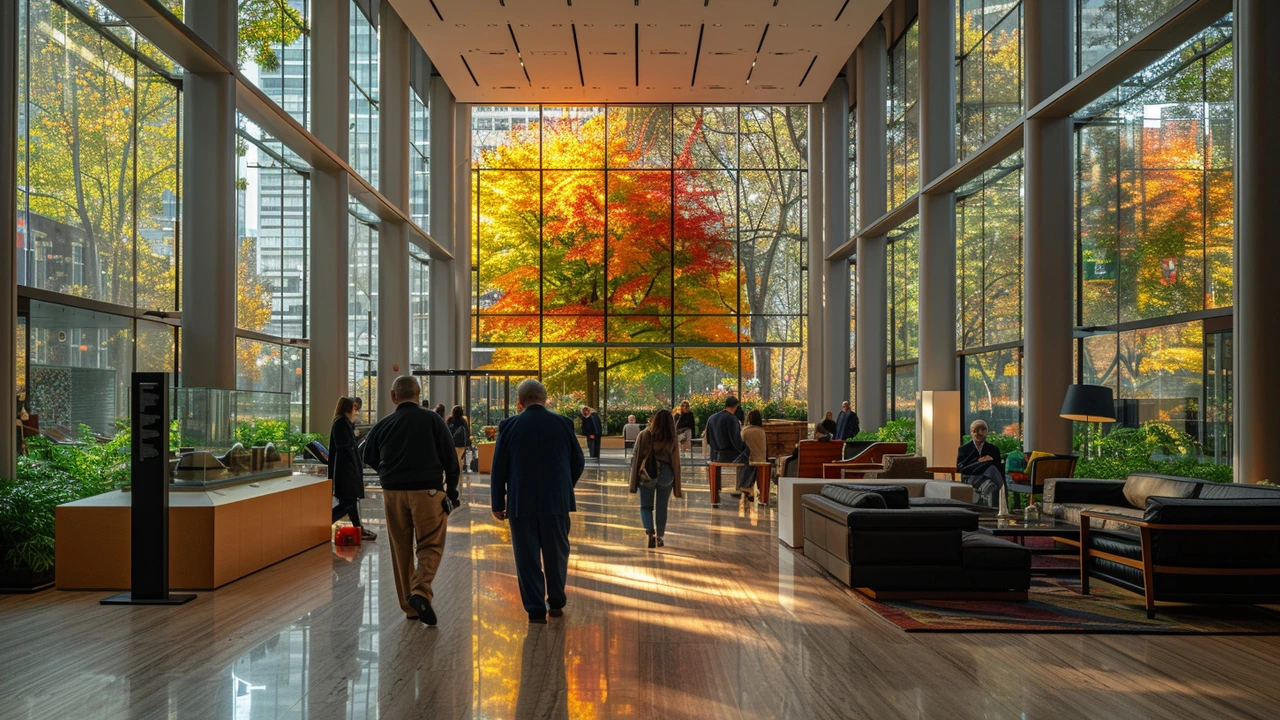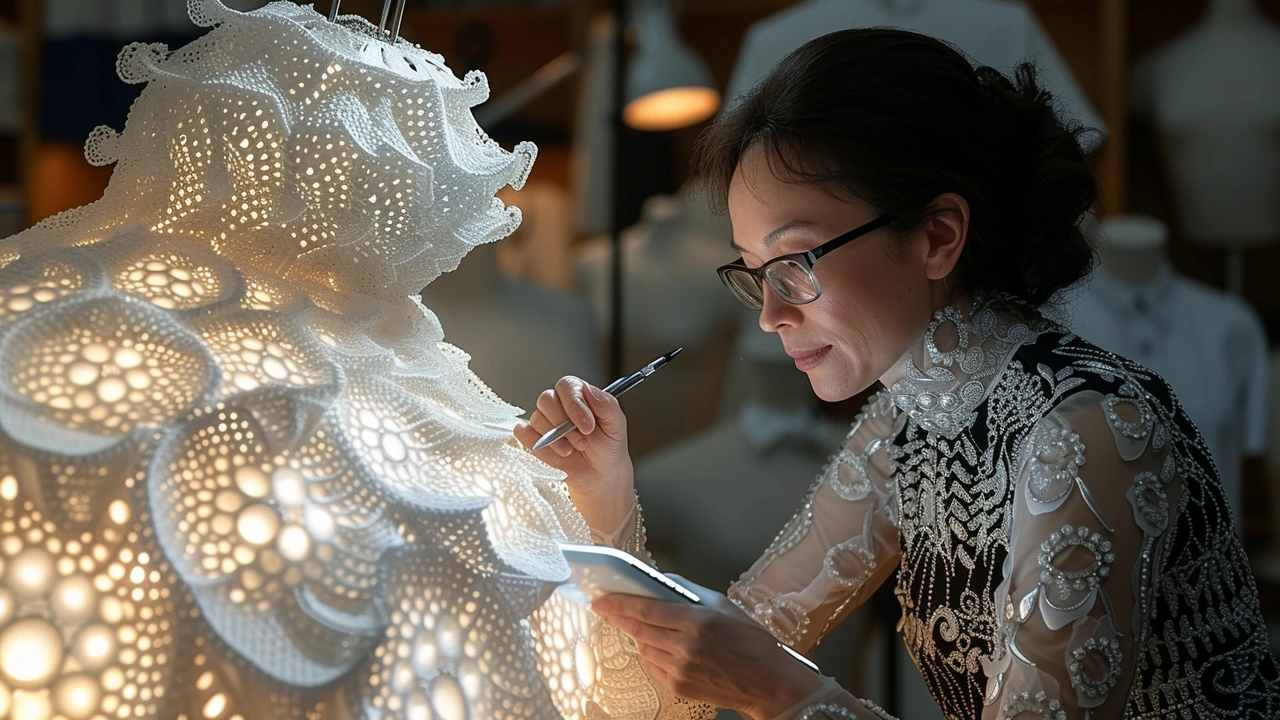Artistic Evolution: How Movements Shape Modern Visual Culture
Art changes by building on what came before. From Baroque drama to Bauhaus minimalism and photorealism’s fine detail, each movement adds tools, ideas, and ways to see. If you want to understand today’s art, start by tracking how those shifts happened and why they still matter.
Why movements matter
Movements aren’t just history notes. They set rules, then break them. Cubism taught us to show multiple views at once. Constructivism brought design into public life. Fluxus pushed performance and everyday objects into art. Knowing these moves helps you spot why a modern installation or a smart city project looks or feels a certain way.
Look at Bauhaus: practical design became stylish and everywhere — furniture, posters, buildings, even apps borrow that clean logic. Or check Abstract Expressionism: big gestures that put emotion front and center still influence digital artists and expressive painting now. These are not separate chapters but steps in one long conversation.
How to read the signs in current art
Want to spot evolution in the wild? Watch for three things: technique, purpose, and placement. Technique shows lineage — photorealism’s brushwork or ukiyo-e patterns in tattoo design. Purpose reveals shifts — Land Art turned landscapes into public statements. Placement says where art lives now — galleries, streets, games, or virtual spaces.
For example, Futurism’s love of speed and tech appears in game design and smart city planning. Installation art’s immersive strategies influence museum displays and retail spaces. Even Baroque theatrics pop up in movie scores and festival design. Those echoes tell a story about where artists took old tools and pushed them into new contexts.
Practical tip: when you view a work, ask three quick questions — what tradition does it reference, what rule does it break, and who is it talking to? That quick scan makes dense ideas feel usable and helps you read intention instead of just guessing.
Curious about specific paths? Check how movements fed each other: Primitivism challenged Western norms and opened doors for Cubism; De Stijl simplified forms that influenced modern graphics; Fluxus blurred art and life, shaping performance and participatory projects. These crossovers are the real engines of artistic evolution.
If you’re making or curating art, borrow freely. Mix photoreal detail with expressionist color, or use Bauhaus clarity to organize chaotic installation pieces. Evolution favors risk and remixing — not strict copying. The best results come when you use an old idea to solve a new problem.
Artistic evolution is ongoing. The next wave will blend more tech, more public space, and more hybrid genres. Keep watching movements, not just names; watch what they do. That’s how you spot what's new, useful, and likely to stick.


